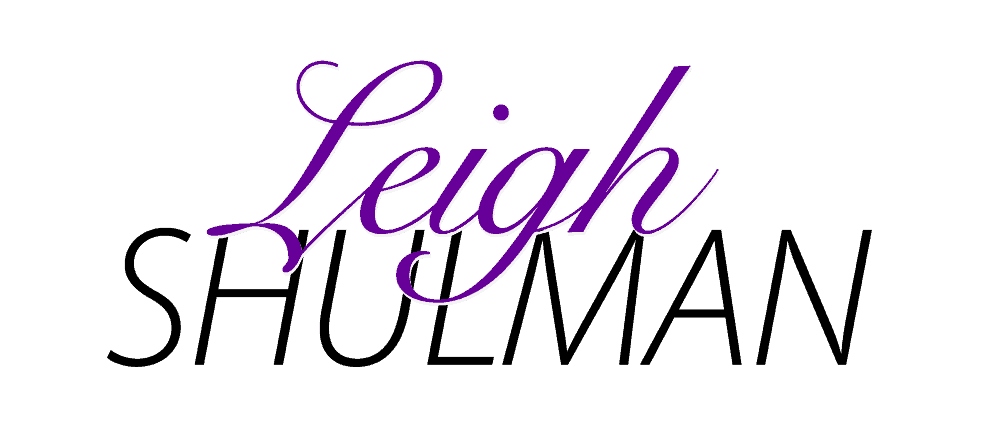The first sentence of a book draws your readers into your story. It’s the moment that determines whether they keep reading or put your book down. If you’re querying agents or entering contests, those first lines are your chance to make an impression. Your opening sets the tone for everything that follows—introducing themes, and characters, and even hinting at the journey your protagonist will take.
One of my favorite books, Love in the Time of Cholera, opens with a breathtaking sentence:
“It was inevitable: the scent of bitter almonds always reminded him of the fate of unrequited love.”
Immediately, we’re grounded in the story’s emotional core. We don’t yet know the full context, but we can already sense the themes of fate and love, tinged with bitterness. This is the power of a strong opening—it captures curiosity and compels the reader to continue.
The truth is, how to start a book isn’t something you’ll decide on right away. You’ll likely go through multiple drafts before finding the perfect opening. However, once your draft is complete, you can shape the beginning to mirror the book’s themes and character arcs. Here are seven steps to crafting an unforgettable opening.
1. Make the Beginning Mirror the Ending
A great opening doesn’t just introduce the story—it foreshadows where the protagonist is headed. The beginning should set up a contrast with the ending, showing the transformation that takes place.
For example, in The Lord of the Rings, Frodo starts out longing for the stability of the Shire, resisting adventure at all costs. By the end, after facing unimaginable challenges, he chooses not to return home. His journey changes him so profoundly that he can no longer stay in the place he once loved.
Your first lines will hint at this transformation. Think about what your character believes at the start of the story—then contrast that with who they become by the end.
Pro-tip: This also sets you up to create a satisfying character arc.
2. Introduce a Key Theme Right Away
At least one of your book’s central themes should be present in the opening. Whether it’s love, destiny, survival, or transformation, readers should immediately get a sense of what’s at stake.
In Love in the Time of Cholera, the scent of bitter almonds signals unrequited love. The opening of Pride and Prejudice famously introduces the theme of marriage and social expectations:
“It is a truth universally acknowledged, that a single man in possession of a good fortune, must be in want of a wife.”
What is your story about at its core? Infuse your first scene with the essence of your story’s central idea.
3. Ask a Question That Makes Readers Curious
A great opening doesn’t give away all the answers—it sparks curiosity. It makes readers ask questions, compelling them to read on.
In Big Magic: Creative Living Beyond Fear, Elizabeth Gilbert starts with a direct question:
“Do you have the courage to bring forth the treasures that are hidden within you?”
Other times, a question is implied rather than directly stated. Consider the opening of The Hobbit:
“When Mr. Bilbo Baggins of Bag End announced that he would shortly be celebrating his eleventy-first birthday with a party of special magnificence, there was much talk and excitement in Hobbiton.”
We immediately wonder: Why is Bilbo’s birthday so important? What makes him so unusual? These unspoken questions keep readers engaged.
4. Use an Unexpected or Intriguing First Sentence
Surprise is one of the best ways to hook a reader. If your opening line feels predictable, consider shaking things up.
Jandy Nelson’s I’ll Give You the Sun does this brilliantly:
“This is how it all begins. With Zephyr and Fry—reigning neighborhood sociopaths—torpedoing after me and the whole forest floor shaking under my feet as I blast through the air, trees, this white-hot panic.”
From the first words, we’re thrown into action, disoriented yet captivated. The language is intense, creating an immediate sense of urgency.
5. Start in the Middle of the Action (In Medias Res)
One way to grab readers instantly is to drop them right into the middle of an event. Instead of lengthy descriptions or background information, let them experience something happening right away.
For example, imagine an opening like this:
“The gunshot echoed through the alley, but by the time anyone turned their head, she was already gone.”
We don’t know who “she” is or why she’s running, but we’re already invested. Starting with action creates immediate tension and intrigue.
6. Keep the Opening Sentence Short and Punchy
A long, meandering sentence can lose your readers before they even get started. Some of the most powerful openings are short and direct.
Take Charlotte’s Web:
“Where’s Papa going with that ax?”
In just six words, we’re instantly curious and maybe even a little alarmed. What’s going on? Who’s speaking? This kind of brevity forces readers to keep going.
7. Balance Mystery and Clarity
The best book openings strike a balance between revealing enough to ground the reader and leaving enough mystery to keep them turning the pages.
Going back to Love in the Time of Cholera, the first sentence hints at unrequited love, but the second sentence reveals a bit more:
“Dr. Juvenal Urbino noticed it as soon as he entered the still darkened house where he had hurried on an urgent call to attend a case that for him had lost all urgency many years before.”
Now we know who is speaking, but another question arises: Why did the case lose urgency? The writing hints at a story from the past. While that past may have lost urgency for Dr. Urbino, it it suddenly becomes even more curious to the reader.
The line following this one reveals that the smell of bitter almonds signifies cyanide poisoning—someone has died.
By layering answers with new questions, you create momentum, ensuring your readers stay hooked.
How to Start a Book – Final Thoughts
Learning how to start a book is an art, but it’s one you can master with practice. Your opening should set up your character’s journey, introduce key themes, and intrigue your reader with questions. Whether you choose to begin with a question, a shocking statement, or a scene full of action, make sure it aligns with your story’s tone and purpose.
Remember, your first draft’s opening may not be your final one. Rewriting and refining are part of the process. You may even find you’ll finalize the first paragraphs only after you’ve completed at least a draft of your book. But with these seven steps, you’ll be well on your way to crafting a beginning that captivates your readers and makes them eager to turn the page.

